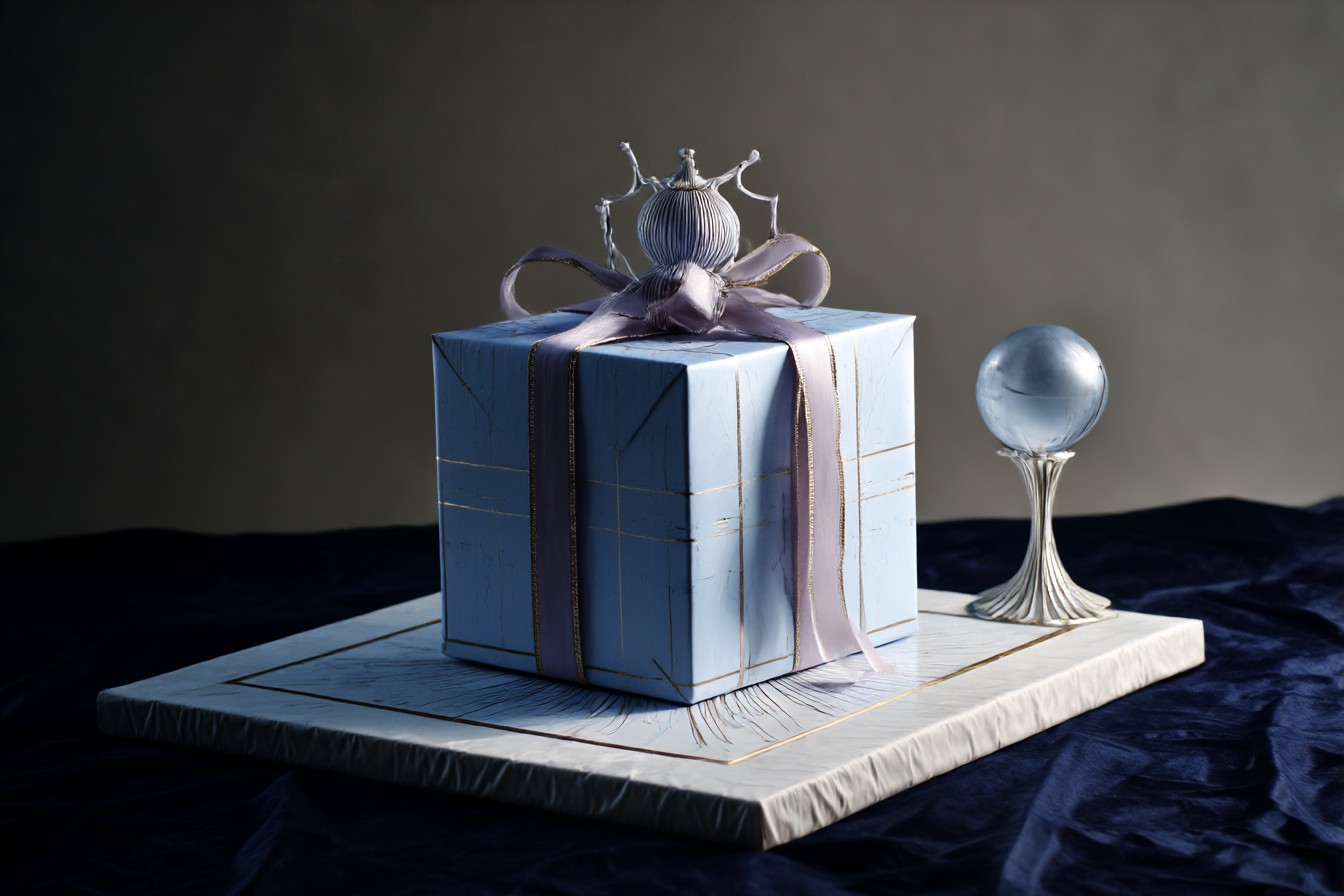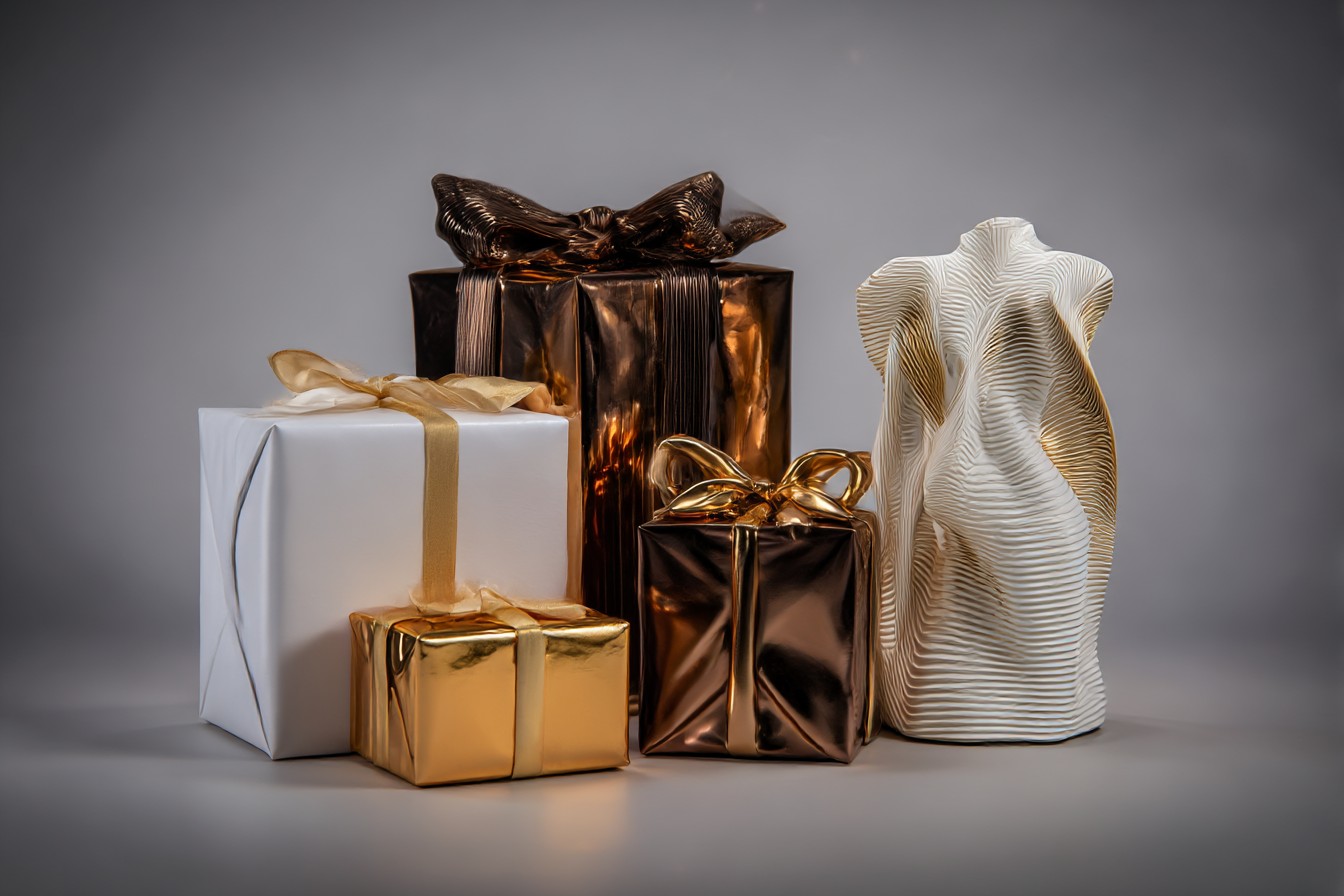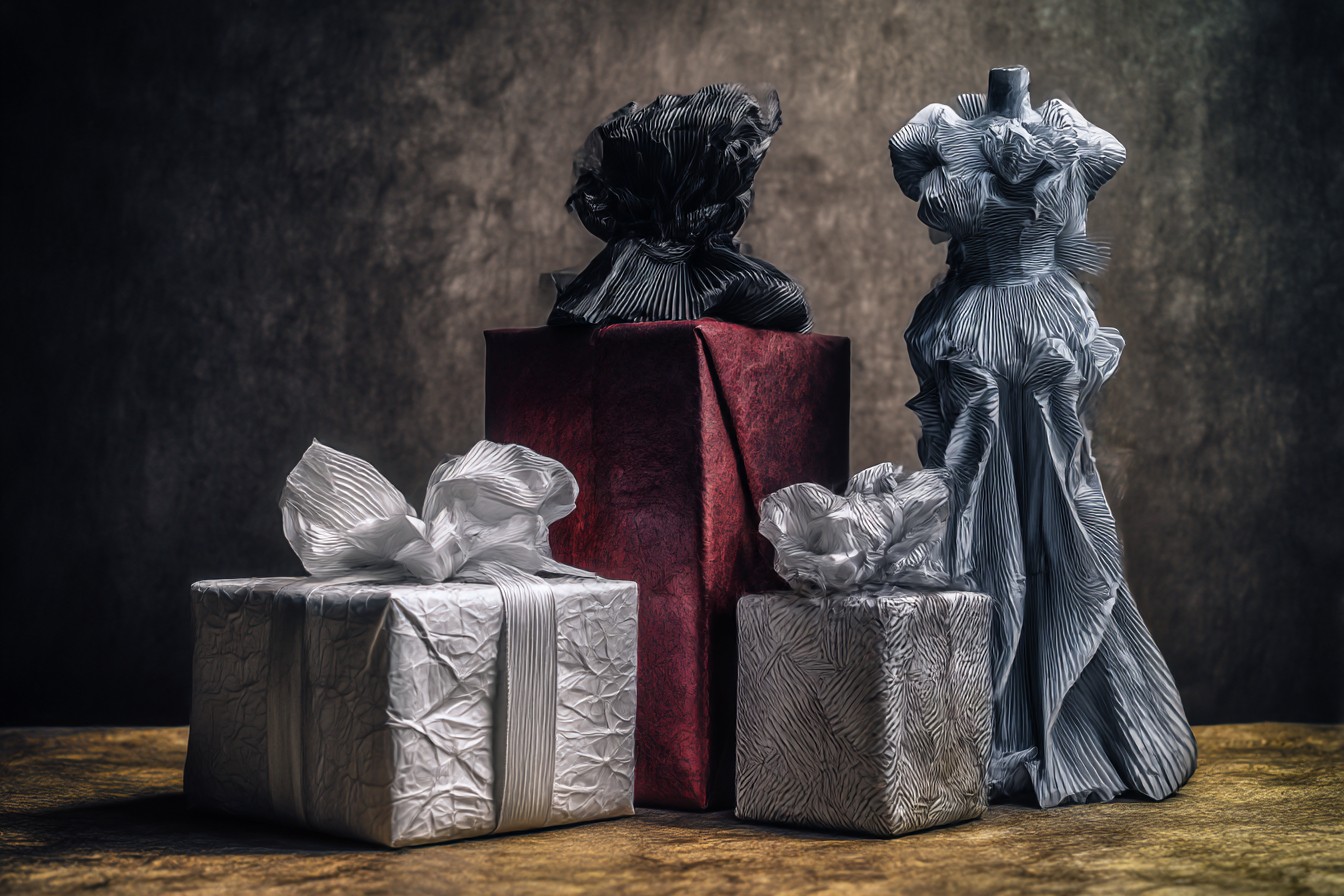I used to be the queen of last-minute gift panic shopping. You know the drill—rushing into whatever store was still open, grabbing something vaguely appropriate, and convincing myself it was “thoughtful enough.” Oh, the mental gymnastics I’d perform! “Everyone loves scented candles, right?” (Even though my cousin Beth is famously sensitive to artificial fragrances and I KNEW this.)
My wake-up call came about four years ago during the holiday season. I was frantically scrolling through a fast-fashion website, ordering matching pajama sets for my entire family at 11 PM on December 22nd. They were cute, ridiculously cheap, and would arrive just in time. Perfect! Except…not really.
That same week, I’d been researching a piece for Celebrate Weekly about holiday manufacturing demands, and I’d stumbled across a disturbing exposé about labor conditions in the very factories producing those “bargain” pajamas. The cognitive dissonance hit me like a truck. Here I was, writing about mindful celebration while simultaneously clicking “express shipping” on products I knew were problematic.
Jake found me at the kitchen table at midnight, staring at my laptop screen in horror, credit card in hand.
“What’s wrong?” he asked, shuffling in with his bedhead and half-asleep eyes.
“I think I’ve been a terrible person,” I replied.
Jake, used to my occasional bouts of gift-related existential crisis, just poured himself some water and sat down next to me. “Alright, let’s hear it.”
I confessed everything—how I’d been ignoring where gifts actually came from for years, despite priding myself on being so “thoughtful” about matching presents to people. The truth was, I’d been thoughtful about the recipient but thoughtless about everything and everyone upstream.
“So cancel the order,” Jake said simply.
I shook my head. “It’s not just about this order. It’s about…everything. I have an entire CLOSET of emergency gifts and backup presents, and I have no idea where half of them were made or by whom.” I gestured wildly toward my infamous gift closet. “I’m part of the problem!”
“You’re being a bit dramatic,” Jake said, suppressing a yawn. “But if it’s bothering you this much, maybe it’s time to pay attention to it.”
That conversation sparked what my friends now teasingly call my “gift supply chain awakening.” Dramatic? Maybe. But it fundamentally changed how I approach the whole practice of giving.
The next morning, I did cancel those pajama orders. I then spent the next 48 hours in a mad scramble making personalized photo books for everyone instead. They weren’t perfect, and my family was slightly confused by the sudden switch to sentimental gifts from someone who usually prided herself on finding the perfect “thing.” But it bought me time to really think about how I wanted to proceed.
After the holidays, I went full-on investigative journalist on my own gift closet. I pulled everything out and created a somewhat mortifying spreadsheet tracking where each item was made, what materials it contained, and whether I could find any information about the company’s labor practices. The results were…not great.
About 75% of my “emergency gifts” fell into a gray zone—mass-produced items with murky origins and little to no transparency about their supply chains. Some still had price tags from discount stores that were suspiciously low for what the products claimed to be. I had somehow accumulated six generic bamboo cutting boards, all claiming to be “eco-friendly” despite being shipped from overseas in plastic packaging.
The remaining 25% were actually pretty good—items from local artisans I’d picked up at craft fairs, small-batch food products from businesses I’d actually visited, books from independent publishers, and a few genuinely sustainable products from companies with transparent practices.
I didn’t throw everything out (that would have been wasteful in its own way), but I did make a decision: moving forward, I would apply the same obsessive research energy to how gifts were made as I did to matching them with recipients.
My first attempts were…well, let’s call them “enthusiastic but flawed.” I bombarded small Etsy sellers with novels of questions about their supply chains. I became that person at the farmers market interrogating soap makers about their palm oil sourcing. I’m pretty sure one local potter still hides when she sees me coming.
The learning curve was steep and occasionally embarrassing. I remember attending a craft fair where I grilled a jewelry maker about metal sourcing only to have her gently explain that she literally melted down vintage silverware to make her pieces. She then showed me her workshop photos on her phone while I apologized profusely.
Jake suggested—kindly but firmly—that perhaps I needed a more systematic approach rather than ambushing random vendors. He was right (don’t tell him I admitted that). So I started creating a new kind of gift database, one that categorized companies and makers by their ethical credentials alongside what gifts they offered.
This is where my consumer psychology background actually came in handy. I created a set of reasonably objective criteria to evaluate potential gift sources:
1. Transparency: Does the company clearly communicate where and how their products are made?
2. Labor practices: Is there information about worker conditions and compensation?
3. Environmental impact: What materials are used and how are they sourced?
4. Locality: Is the item made locally or shipped from far away?
5. Company ownership and values: Is the business independently owned, minority-owned, or mission-driven?
I didn’t expect perfection in all categories—that’s nearly impossible in our complex world. But I wanted enough information to make informed choices and recognize meaningful efforts toward responsibility.
Some searches were surprisingly easy. For instance, there’s a whole universe of certified B Corps making everything from chocolate to clothing that I’d never explored before. These businesses voluntarily meet rigorous standards of social and environmental performance, and many make fantastic gifts.
Other categories were harder. Electronics, for example—try finding an ethically produced gadget! For those trickier categories, I started looking at refurbished options, companies with take-back programs, or those making legitimate efforts to improve their supply chains, even if they weren’t perfect yet.
My research techniques evolved from “harassing random shopkeepers” (not my finest approach) to something more sustainable. I regularly check certification databases like B Corp, Fair Trade, and 1% for the Planet. I’ve bookmarked investigative journalism sites that track labor issues in consumer goods. I follow watchdog organizations on social media that monitor environmental claims.
But my most valuable resource turned out to be relationships. I started visiting local studios during open house events, taking workshops from artisans, and actually getting to know the people making things. I discovered that most makers are absolutely thrilled to talk about their processes when approached with genuine curiosity rather than interrogation.
About six months into my “supply chain awakening,” my editor at Celebrate Weekly asked why my gift guides had suddenly shifted away from mainstream products. Instead of panicking or making up an excuse, I pitched her an honest article: “The Hidden Cost of Gifting: Why I Started Caring About Where Presents Come From.”
To my surprise, it became one of our most-read and shared pieces that quarter. Readers reached out with their own stories of gift-giving dilemmas and asked for more specific guidance. That’s when I realized I wasn’t alone in wanting to give more meaningfully in every sense of the word.
These days, my gift closet looks very different. It’s smaller, for one thing. I no longer stockpile random items “just in case.” Instead, I have a carefully curated collection of items I truly believe in—hand-thrown mugs from the ceramics studio downtown, chocolate bars made by a worker-owned cooperative, beautiful tea towels woven by a textile artist I met at a craft fair.
When I need something specific, I usually know exactly where to look because I’ve done the research ahead of time. My gift notebook system now includes a section dedicated to ethical sources organized by category—food gifts, home goods, wearables, experiences, etc.
Are these gifts more expensive? Often, yes. I won’t pretend otherwise. But I’ve adjusted my approach accordingly. I give fewer physical gifts overall and focus on making each one count. I also rely more heavily on experiential gifts, which frequently have a lower environmental impact while creating lasting memories.
Some of my most successful recent gifts include:
– Cooking classes at a local culinary school for my brother and his partner (supporting a local business while giving them quality time together)
– A set of hand-forged garden tools from a blacksmith I met at a craft fair for my dad (made to last decades, not seasons)
– A subscription to a wine club that features small-production, sustainable vineyards for my best friend (carefully vetted to ensure fair labor practices)
Not every gift needs to be a major investment. One of my favorite discoveries has been a local refill shop where I can create custom bath and body gift sets using their glass containers. The products are ethically sourced, and the packaging is zero-waste. These make perfect “just because” gifts that don’t break the bank.
I’ve also become much more comfortable with secondhand gifting. I used to think gifting something pre-owned was somehow cheating, but now I treasure the hunt for vintage and second-hand treasures. Last year, I found my husband a first-edition copy of his favorite childhood book at a used bookstore—far more meaningful than anything new I could have purchased.
Has this journey made gift-giving more complicated? I won’t lie—sometimes it has. There are still occasions when I find myself in a pinch without a perfect ethical option at hand. I’m learning to balance my ideals with practicality and grace. Perfect shouldn’t be the enemy of good, and sometimes the most thoughtful gift is simply showing up reliably for someone you care about.
But most of the time, this more intentional approach has made gifting more joyful, not less. When I hand someone a present now, I’m not just giving them an object they’ll hopefully like—I’m sharing a story about the person who made it, the values it represents, and the care that went into both its creation and selection.
My grandfather’s presidential rock still sits on my desk, reminding me daily that the best gifts come from genuine connection and attention. Now I try to extend that attention not just to the recipient but to the entire journey a gift takes before it ever reaches their hands. And every time someone opens a present from me with delight, I know that journey was worth it.






